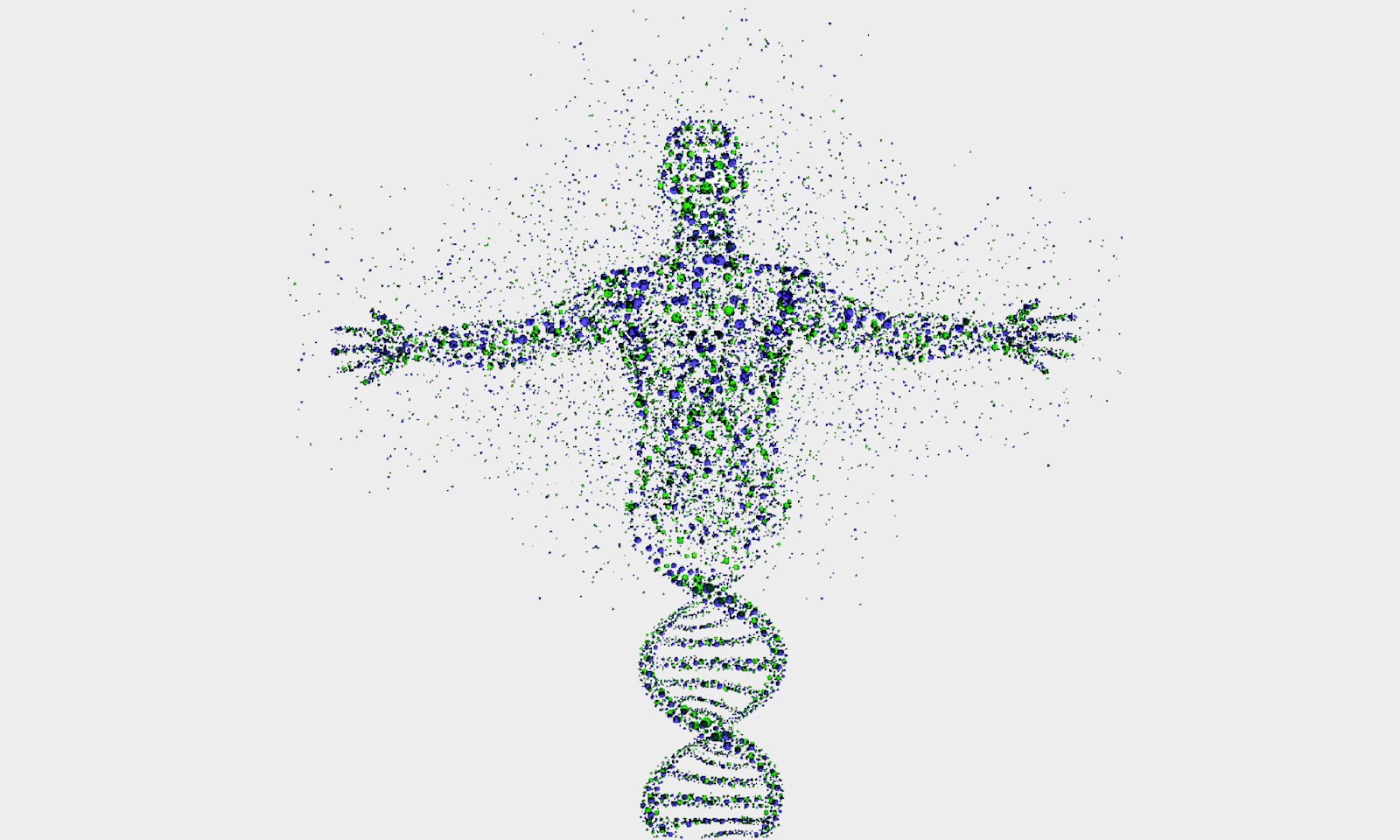One person has done more than any other to put the notion of the gene at the center of our understanding of life on Earth and our being: Richard Dawkins. In 1976, Dawkins published The Selfish Gene. I still remember the electrifying effect it had on me when, as a student, I first read it. For Dawkins, roses, flies, slime molds, snails, condors, giraffes, humans—we’re all merely devices for gene replication. Our designs and behaviors are created by the genes in their battle for the next generation.
This idea that the organism is a mere vehicle for the gene has driven the “gene-centric” view of life that reigns today. For Dawkins, cells do not exist in and of themselves. A hen is just a gene’s way of making copies of itself, and an egg is simply the tool for achieving this by making a hen. Animals care for their offspring and people act altruistically toward each other because individual genes in their genomes are trying to maximize their chances of being carried forward one more generation into the future. Organisms don’t behave in certain ways because it makes sense in their environment, or because that’s the way they are made, or because it suits them. We behave the way we do because our selfish genes dictate it. It is a powerful idea, but by not considering the role of the cell, it buries a crucial part of the story of life.
The law of evolution is that if it works, it will be kept.
In so far as DNA is a blueprint for anything, it is a blueprint for making copies of itself. However, Dawkins neglects and simplifies much to create a picture of a gene-centered world. The copying of DNA may be important, but it requires additional machinery and dedicated space to do its work. The cell is vital to this functioning. Thus, in this world, unicellular organisms would provide the vehicles for the viral warfare. Nevertheless, a large number of organisms are made up of cells, cells are made up of proteins, and both of these entities influence what is passed on to the next generation, entirely separately from the workings of DNA. To assert that “an organism is a tool of DNA” in light of such facts is far from obvious and probably erroneous.
The fundamental logic of life defies the selfish gene thesis. If, as Dawkins suggests, life is a battle between individual genes for the prize of replicating themselves into eternity, why bother building contraptions as baroque as a eukaryotic cell? Why create the marvelous permutations of a mole’s foot, a bat’s wing, a porpoise’s paddle, a horse’s leg, and your own hand? Why create forms that require increasing amounts of energy and other resources, some with long periods between birth and sexual maturity, when they can finally serve their purpose of having offspring to carry half of their genes a generation forward? I do not like “why” questions; the law of evolution is that if it works, it will be kept. The complexity and beauty of the traits I have mentioned are obvious, and the question lurks in the background.
According to Dawkins, genes should stick to single-celled options, like bacteria, or eschew the cell altogether, like viruses, which are mostly DNA or RNA. Let bacteria and viruses fight a proxy war on behalf of their genes, which will be the ultimate victor so long as some cells survive for viruses to infect. Surely the appearance of eukaryotic cells can be seen as part of that game and led to new viruses adapting to them. But what is in it for the viruses in animals and plants? Single-celled organisms would be far more energy-efficient vehicles for time-traveling genes than are animals.
In cells, the replication of genes as genes is restricted. It only occurs when the volume or age of the cell leads the cell to replicate itself. When genes became components of cells, they had to abide by the terms and conditions of the cells ever afterward. Their selfishness was curtailed. Cells are the entities that interpret the information in the genome and transform it into an organism. The organism is not a tool created by DNA; the DNA is the hardware store of the cell. ![]()
Excerpted from The Master Builder: How the New Science of the Cell Is Rewriting the Story of Life, by Alfonso Martinez Arias. Copyright © 2023. Available from Basic Books, an imprint of Hachette Book Group, Inc.
Lead image: Elymas / Shutterstock
































